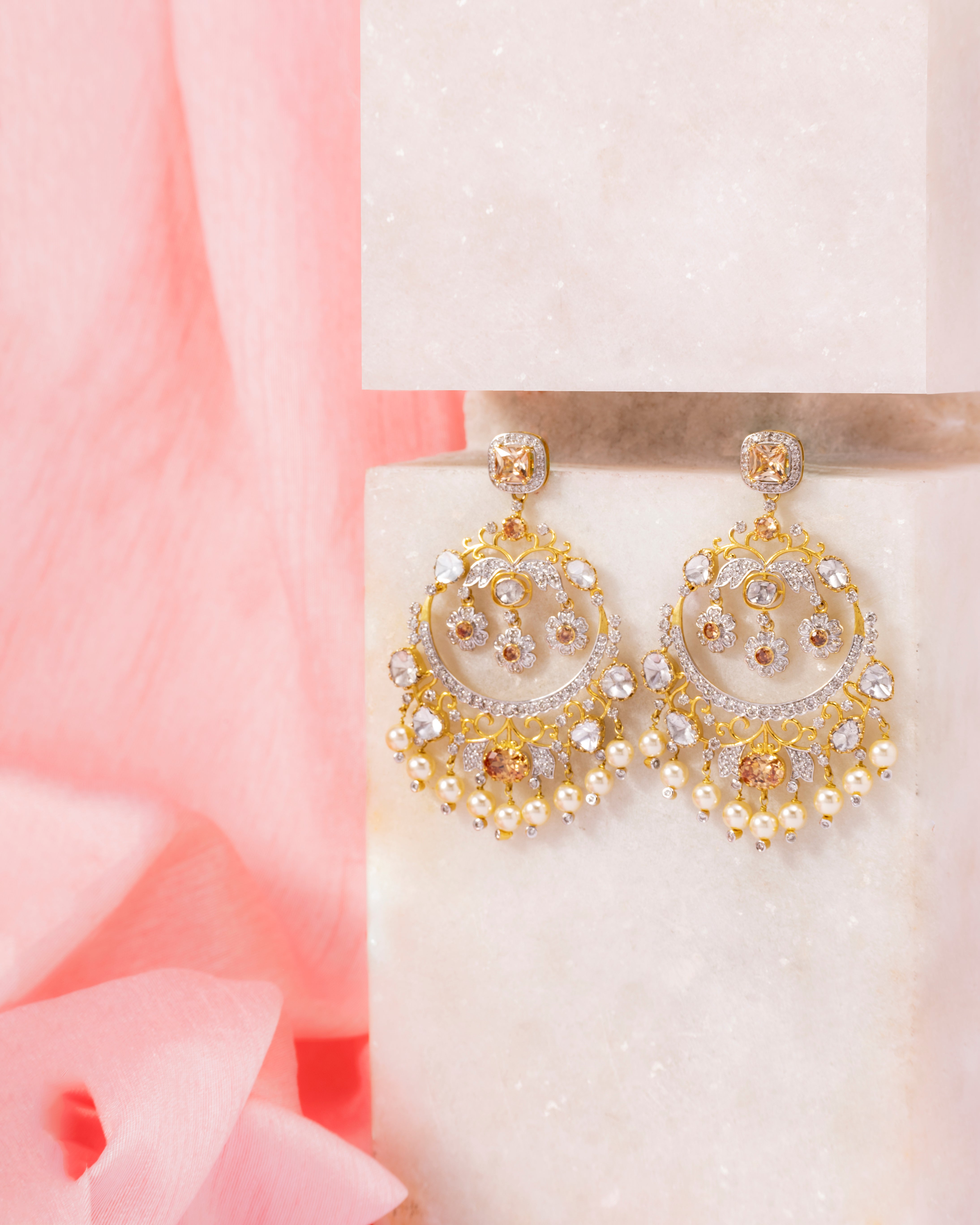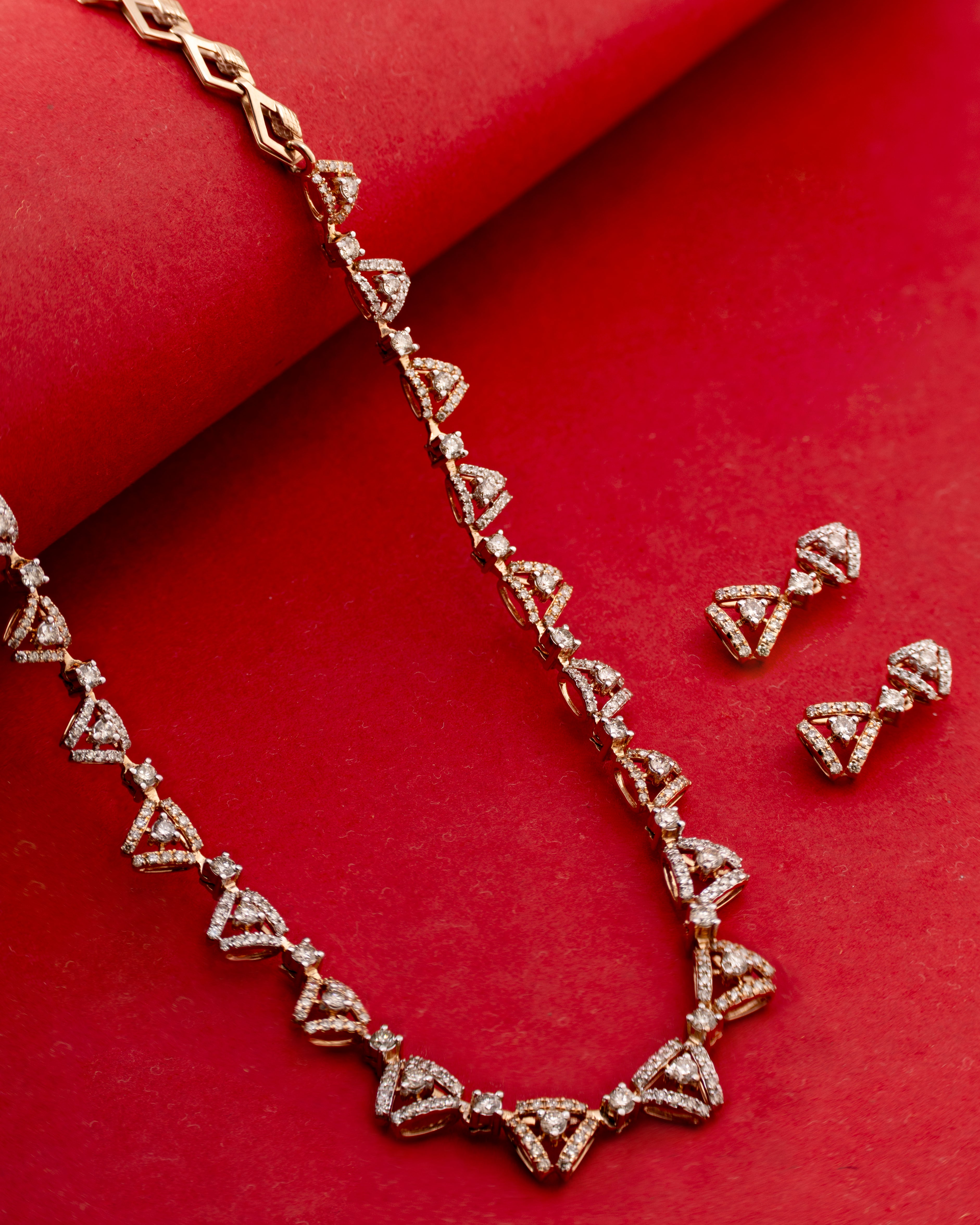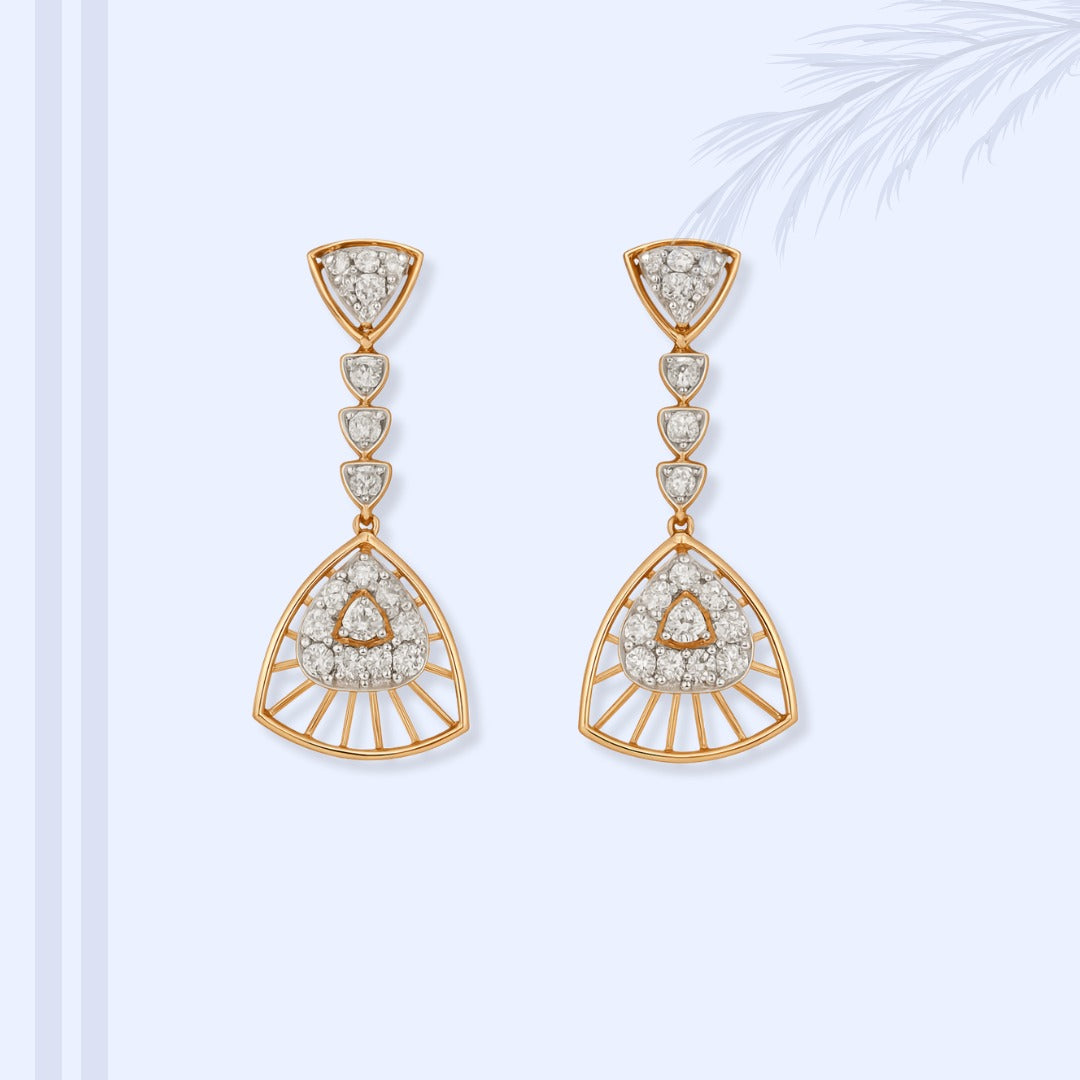Our Material
Kass Jewels has a luxurious spirit. It is intended to be used forever and every day! Only premium,
long-lasting materials, such as genuine gemstones and valuable metals, are used to manifest our
designs.
METALS
Due to its crimson glow and resistance to corrosion and oxidation, gold has long been considered
the metal of luxury. It is a notoriously malleable metal found all over the world, despite its rarity.
The 14K and 18K gold we use is made by alloying pure gold with other metals like copper, silver,
and zinc because pure gold is extremely soft. This indicates that 14 of the 24 components are made
of gold, providing you with the perfect ratio of opulent hue, brilliant gleam, and durable durability
in case of 14K gold. Whereas 18 of the 24 components are made of gold in case of 18K gold.
‣ 14 Karat Gold: Often used for diamond settings, 14K gold's 58.4% (14 out of 24) gold content
adds a subtle colour and plenty of strength to hold gemstones in place, making the piece ideal for
daily use because it doesn't bend or wear out easily and prevents scratches.
‣ 18 Karat Gold : With its purity at 75% gold and 25% other metals, like copper, silver, or zinc, is
more expensive than 14 karat gold. It is used in designs which does not require gemstone settings.
‣ 22 Karat Gold : 22K gold has 91.67% (22 out of 24 parts) purity and is mostly used in our designs
with no gemstone settings.
‣ 24 Karat Gold : 24k gold has 99.9% purity, is technically a gold foil as it is the purest and hence
the most malleable. It is only used in our designs that use the kundan setting.
DIAMONDS
All diamonds are chosen and graded using the fundamental Four C's of diamonds: cut, colour,
clarity, and carat.
The many diamond cuts and hues that we employ are:
‣ Brilliant-cut Diamond: The most commonly used is the Brilliant-cut Diamond owing to its
glittering appearance. It is the standard for white diamonds, with 57 facets arranged precisely.
These stones add unparalleled brilliance to any environment and are the epitome of the craft of
the gem cutter.
‣ Baguette-cut: Long, rectangular gemstones with octagonal corners are frequently used as accent
stones. In general, a diamond with a baguette cut will be less brilliant than one with a standard
brilliant cut. It gained popularity during the Art Deco period, when geometric, straight patterns
and shapes were preferred. Since more stone is lost to form the shape than with other cuts, it is
one of the priciest diamond forms.
‣ Uncut Diamonds/Polki/Vilandi: A diamond with few facets that seems to have little fire or
brightness is called an uncut diamond, polki, or villandi. It alludes to rough or unpolished
diamonds. Polkis, which are commonly employed in the Indian setting technique of kundan, can
have uneven shapes.(It's basically gold foil.) Unpolished and unfaceted by nature, polki or uncut
diamonds typically have inclusions that contribute to their unique appearance.




